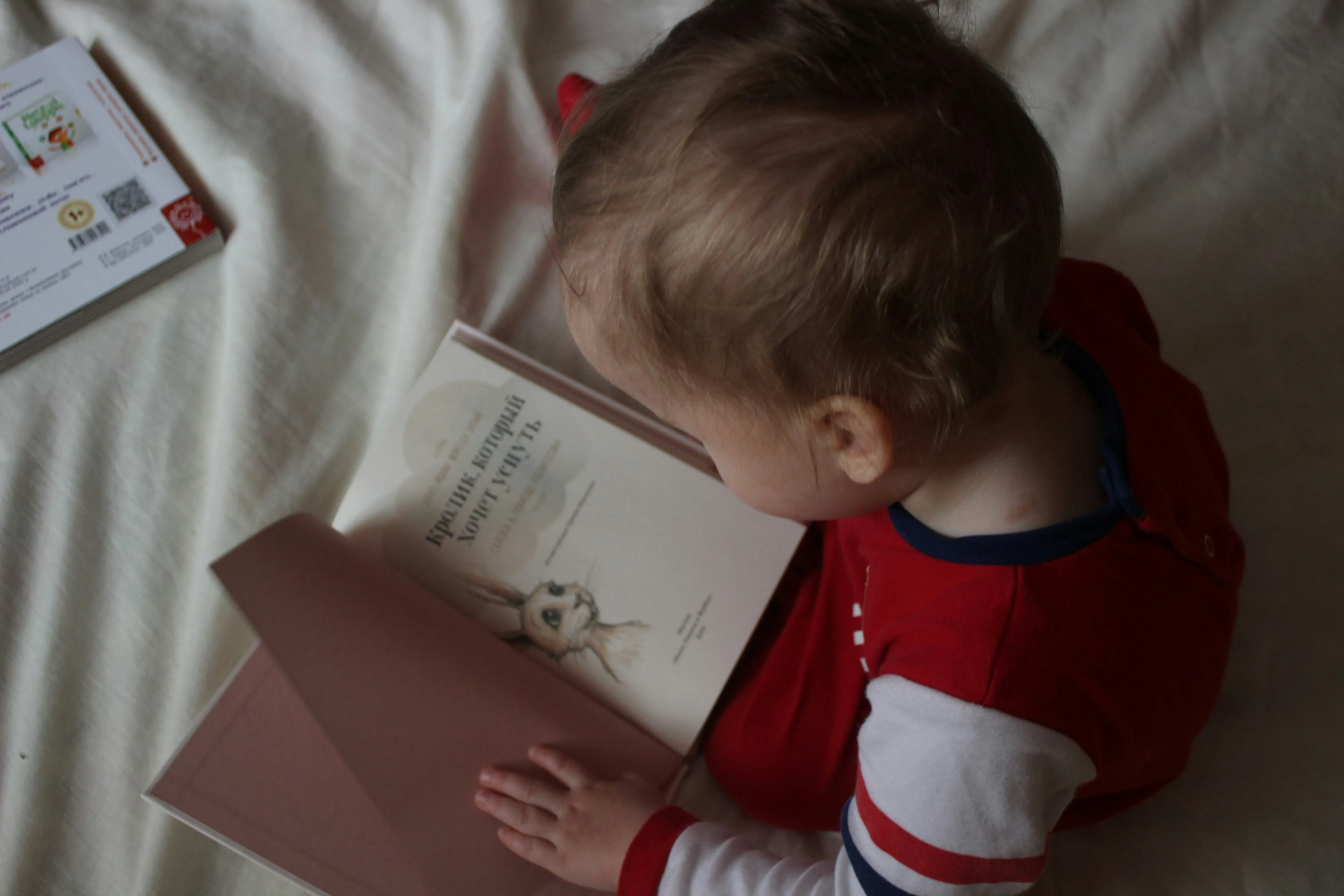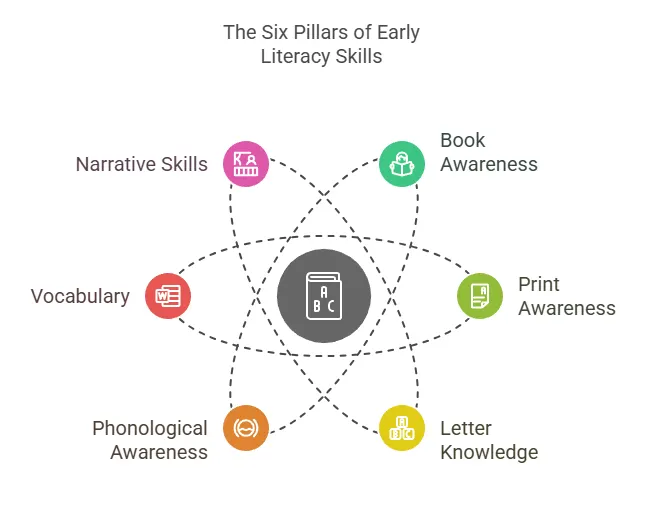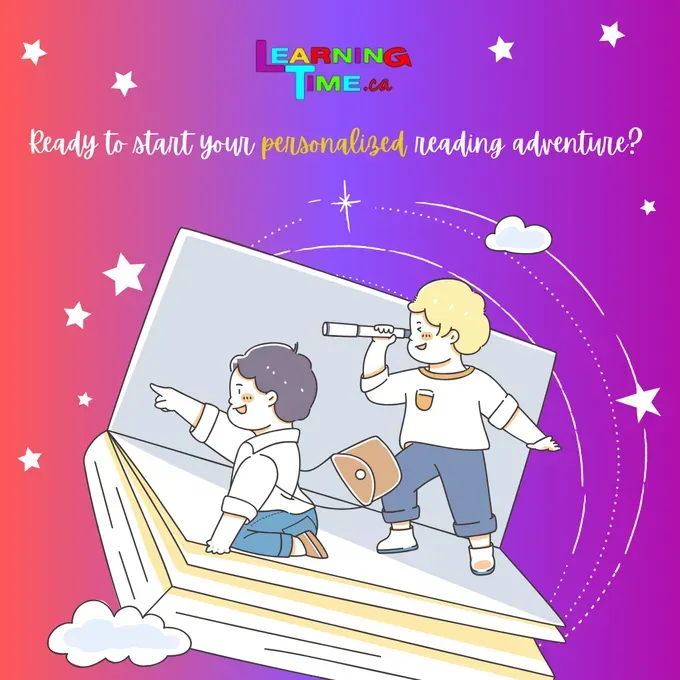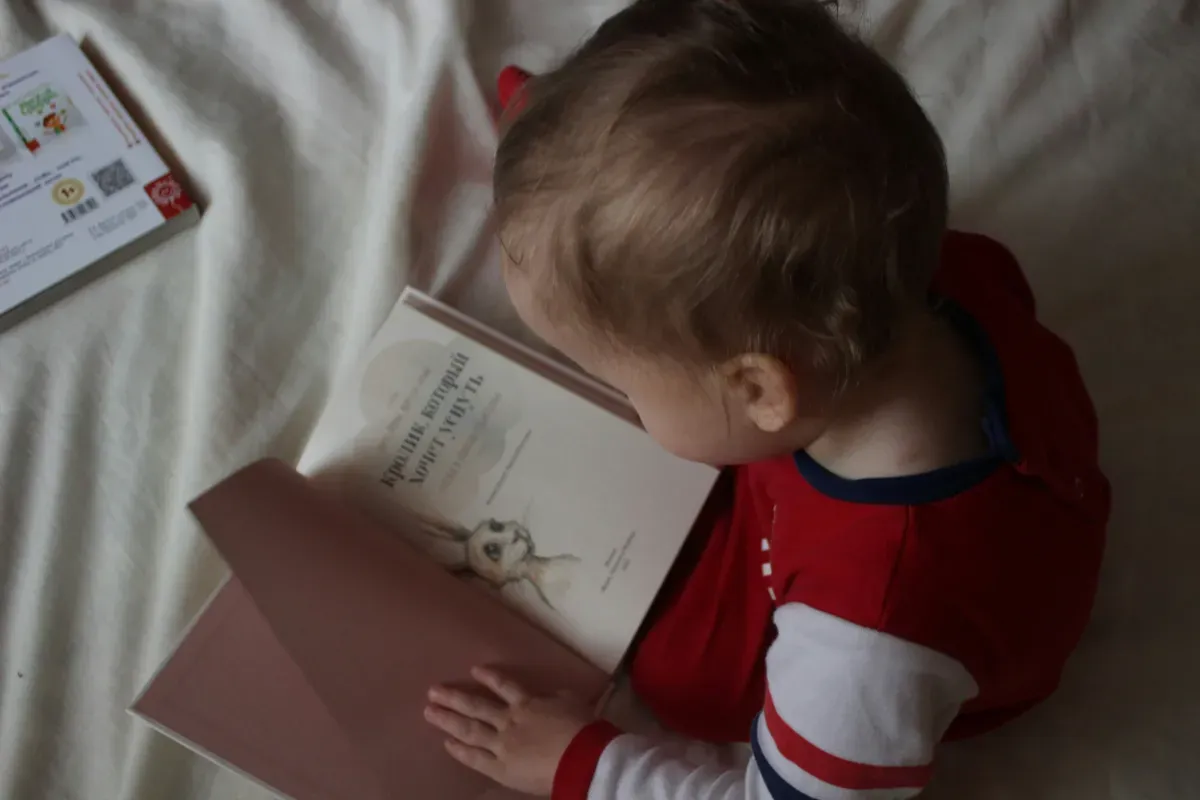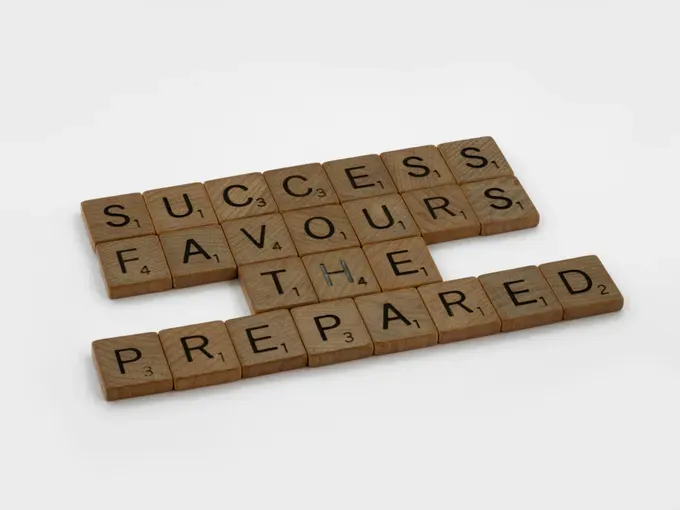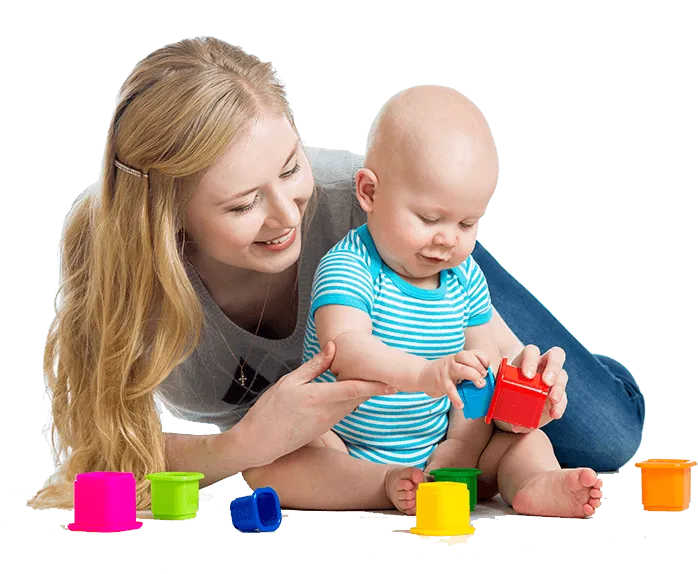Learning to Read for Kids: Tips and Tricks

Key Highlights
- Start early by introducing letter sounds and the alphabet.
- Focus on phonics to help your child decode words.
- Make reading fun with interactive games and activities.
- Choose engaging books that match your child's interests and reading level.
- Be patient and celebrate small successes to keep your child motivated.
Introduction
Helping your child learn to read is a wonderful gift. It opens up many possibilities and helps their thinking and language growth. This guide shares simple tips and effective ways to make learning fun. Always remember the most important thing is to promote strong reading skills and inspire a lasting love for literacy.
Understanding the Importance of Reading for Children

Reading is a vital skill that helps a child in school and life. It is not just about seeing words on a page. It is about unlocking their imagination, encouraging curiosity, and growing their knowledge.
When kids learn to read in the United States, they open the door to a lot of information and different views. This broadens their understanding and helps them develop a passion for learning that lasts a lifetime, making it well worth the investment of dollars spent on their education.
Cognitive and Language Development Benefits
Reading is very important for a child's thinking skills. It helps them think, analyze information, and solve problems. When kids learn to read words and understand sentences, they build phonological awareness, one of the most important skills and essential components of reading. This is the skill of recognizing and handling sounds in spoken language.
Moreover, reading different kinds of vocabulary and sentence structures in books improves their speaking and writing skills. This better use of language helps them learn in other subjects too. It makes it simpler for them to grasp new ideas and share their thoughts well.
Long-Term Academic and Career Advantages
The benefits of good literacy skills go beyond just school. Kids who read well can do better in all subjects. They understand textbooks, research papers, and other learning tools more easily. This leads to a better grasp of ideas and improved grades.
Also, strong reading skills are important for doing well in careers today. As jobs change and need more advanced communication skills, people with good literacy can adapt better. They can learn new things and succeed in their jobs.
Preparing to Teach Your Child to Read
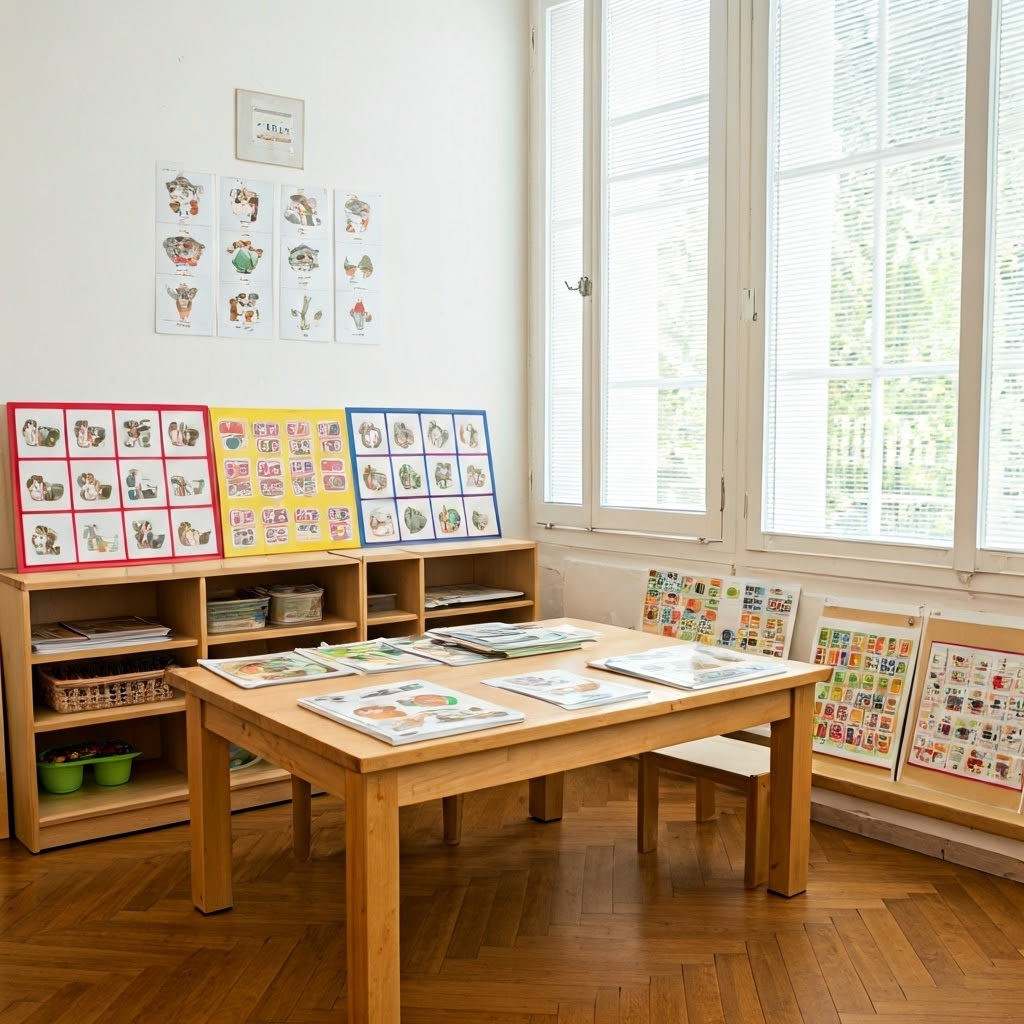 Before starting this journey, it is important to get the right tools and create a helpful learning space. This environment can help your child succeed. Having engaging materials and a positive setting can make a big difference.
Before starting this journey, it is important to get the right tools and create a helpful learning space. This environment can help your child succeed. Having engaging materials and a positive setting can make a big difference.
Necessary Tools and Resources
To help your child learn to read, gather tools that focus on phonics. The good news is that here are some suggestions:
- Phonics instruction materials: Find flashcards, charts, or workbooks that teach letter sounds and phonics rules.
- Decodable books: These books use simple vocabulary and repeat patterns. They help your child practice phonics skills as they read.
- Reading program: Think about signing up for a reading program grounded in research. It should offer clear lessons, fun activities, and ways to track progress.
Creating a Conducive Learning Environment
Create a peaceful spot in your home just for reading to ensure consistency in your child's reading habits.
- Comfortable seating: Use soft cushions or beanbags for your child to relax and enjoy their books.
- Visual cues: Show alphabet charts, sight word lists, and bright posters that explain phonics rules. These visual cues help make learning fun and easy.
- Regular reading time: Set a specific time each day for reading. Even 15 minutes of focused reading time can make a big difference.
Step-by-Step Guide to Teaching Reading
Every child learns in their way. These steps give a clear path to teach reading. We start with letter sounds. Then, we move on to fluency and comprehension.
Step 1: Introduce Letter Sounds
Start by teaching your child the sounds that letters make instead of just their names. This helps build their phonemic awareness. You can try these methods:
- Isolating sounds: Clearly say the sound of a letter (like "m" makes the /m/ sound), and let your child repeat it.
- Identifying beginning sounds: Ask your child to find the first sound in words they know (like “What sound does 'ball' start with? /b/”).
- Playing sound games: Play games where your child has to match sounds to letters or find objects that begin with a certain sound.
Step 2: Blend Sounds to Form Words
Once your child understands letter sounds, it's time to show them how to blend these sounds to make words.
- Start with simple words: Pick words that have two or three letters, like "at," "in," or "dog."
- Sound out each letter: Say each letter's sound. Then, slowly blend the sounds ("d-o-g," "do-g," "dog").
- Practice with word families: Use groups of words that have the same vowel and ending sounds, like "cat," "hat," or "mat." This helps make blending easier.
Step 3: Incorporate Sight Words
Introduce high-frequency sight words for a good start. These are common words we use, but they don’t always follow phonics rules. You should teach them along with phonics instruction.
- Start with a few words: Begin with 3-5 new sight words. Make sure your child can read and recognize them well.
- Use flashcards and games: Make learning enjoyable. Use flashcards, play memory matching games, or create a sight word bingo board.
- Integrate them into sentences: As your child learns more sight words, help them read and write simple sentences with these words.
Step 4: Practice Through Reading Books
Reading practice is very important for building fluency and confidence. The best way to pick books is to choose those that match your child’s phonics skills and make familiar words more recognizable. Then, slowly add more difficult texts as they improve.
- Start with decodable books: Begin with decodable books that use words with phonics patterns your child already knows.
- Gradually increase difficulty: As your child's phonics skills get stronger, offer books with more vocabulary and different sentence structures.
- Encourage rereading: Having your child reread familiar books can boost their fluency, build confidence, and help them recognize sight words better.
Step 5: Enhance Comprehension and Retention
Comprehension means understanding what you read, and developing comprehension skills is essential. It is the main goal of reading.
- Ask questions: While you read, stop and ask your child questions about the story, characters, and events. This helps check their understanding and gets them to think about the text.
- Encourage summarization: After reading a story or chapter, ask your child to share the main points in their own words. This helps them practice summarizing and shows you where they might need more help.
- Make connections: Help your child link the story to their own life, what they already know, or other books they have read. This can deepen their understanding and make reading more special.
Check out these related posts
Enhance Parent-Child Bonding with Baby Talk Techniques
Understanding Your Child's Early Development: A Science-Based Guide for Parents
Beyond Books: Creative Ways to Build Literacy Skills at Home
Techniques to Make Reading Engaging

Make reading time a fun adventure! Use a mix of interactive books, digital tools, and fun games. This way, your child will stay excited about learning.
Using Interactive Books and Digital Tools
- Digital reading apps: Look for educational apps and websites. They offer fun stories, phonics games, and customized learning. Many of these tools give quick feedback, track progress, and change difficulty to fit your child's pace during their reading journey.
- Audiobooks: Listening to audiobooks can help improve listening comprehension. It also introduces children to new vocabulary and can nurture a love for stories.
Games and Activities that Promote Reading
Make learning fun with games and activities that help build reading skills and don’t feel like a chore. Here are some ideas:
- Word games: Play word searches, Scrabble Junior, or Boggle to improve vocabulary and spelling.
- Phonics games: Try games that focus on rhyming, recognizing beginning and ending sounds, or mixing sounds to make words.
- Reading fun: Turn reading into a group activity by starting a family book club, letting your child read to a pet, or acting out scenes from their favorite books.

Monitoring Progress and Overcoming Challenges
As your child grows, cheer for their successes. Talk about any challenges they face with patience and support. Change your methods when necessary. This will help keep them motivated and interested in what they are learning.
Setting Milestones and Celebrating Achievements
- Set realistic goals: Don't just think about reading levels. Break down learning into smaller steps, like learning new sight words or reading a short book by themselves.
- Track progress visually: Use a sticker chart, a reading log, or a progress chart to show your child’s achievements. This can help keep them motivated.
- Celebrate successes: Recognize and celebrate every achievement. This could be anything from learning a new phonics rule to finishing a tough book.
Addressing Common Reading Challenges
If your child has trouble, be patient and adjust your approach. It’s okay to ask their teacher or an education expert for help if necessary.
- Identify areas of struggle: Notice the specific challenges your child has. This might include issues with phonics, memorizing sight words, or reading fluency.
- Seek professional guidance: If you think your child may have a learning disability like dyslexia, talk to an education psychologist or a reading expert. They can assess your child and suggest interventions.
- Provide extra support: Give extra practice in areas where your child struggles. Use hands-on activities, visual aids, or different teaching methods to make learning easier.
Conclusion
In Canada, kindergarten is a time for kids to build basic reading skills. However, it can help to start teaching them about letters and their sounds as early as three or four years old in California, fostering a love for learning from a young age.
Frequently Asked Questions
What is the right age to start teaching reading to my child in Canada?
In Canada, kindergarten is a time for kids to build basic reading skills. However, it can help to start teaching them about letters and their sounds as early as three or four years old.
Reference:
https://readingandwritingproject.org/
https://readingandwritingproject.org/news/running-records-powerful-assessment-tools
https://www.sciencedaily.com/releases/2019/04/190404074947.htm

























